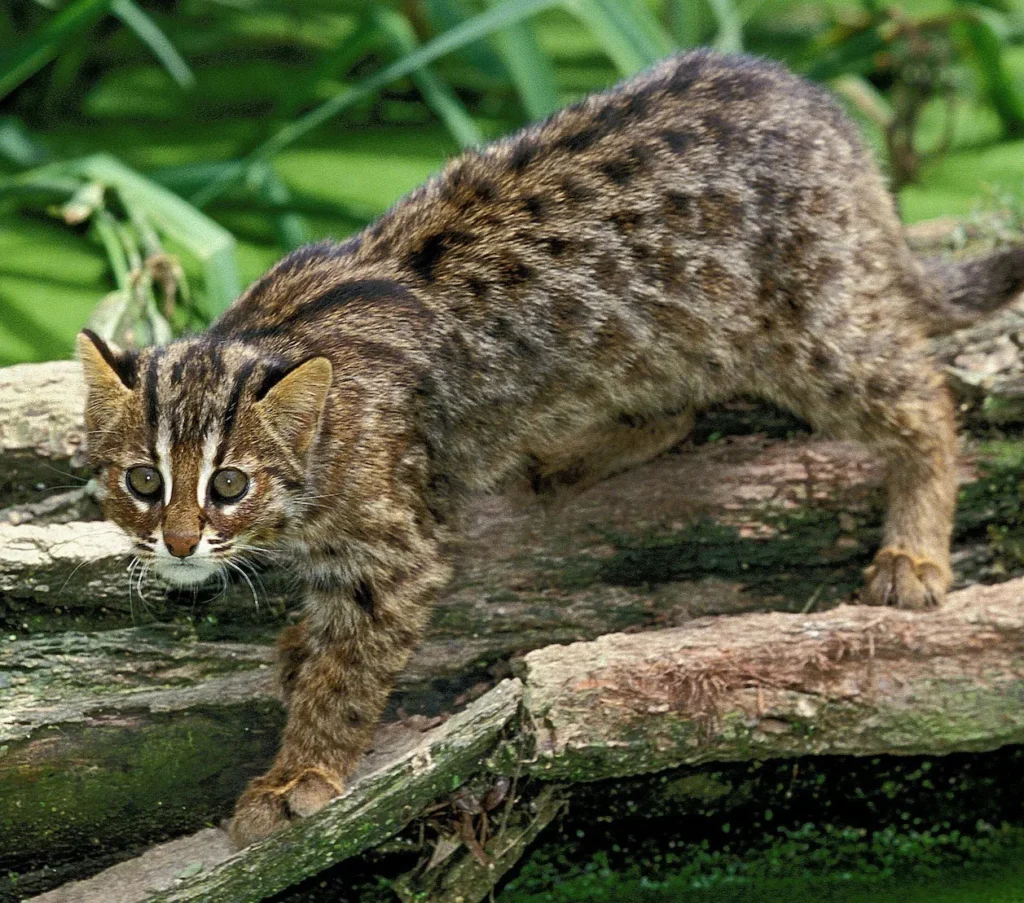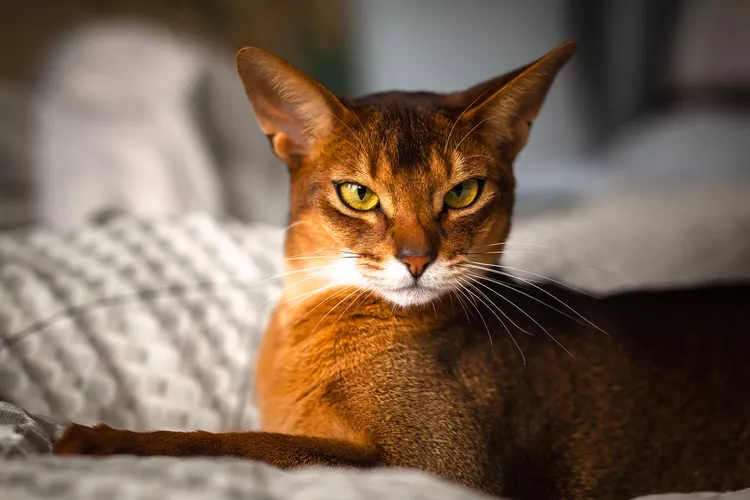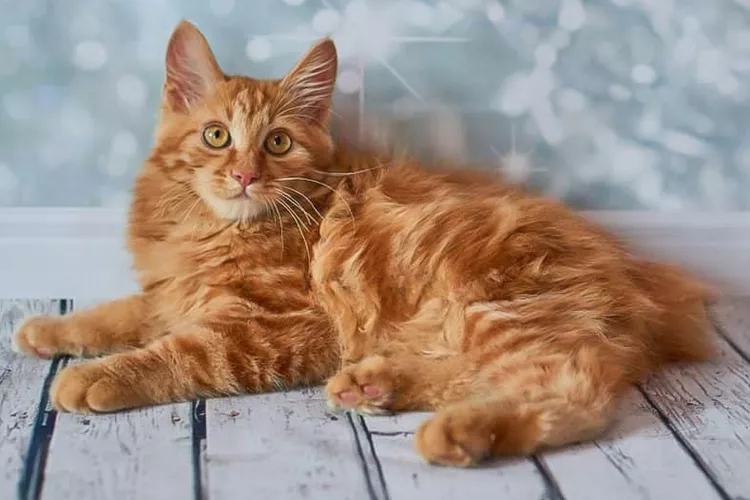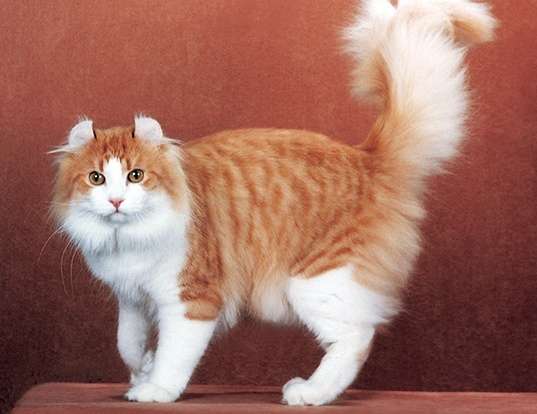
Description
Scientific Name: Prionailurus bengalensis
The size of Asian leopard cats is comparable to that of huge domestic cats. But depending on their geographical location, they vary greatly in size and colour. The Asian Leopard Cat’s coat colour can vary from grey in the north to various colors of yellow in the south. These cats have solid spots on their legs and tails and black rosettes on their sides. Usually, there are four black stripes that go from the forehead to the nape. Cats in the north have longer, thicker fur, and the length of their coats vary depending on their surroundings. The Asian Leopard Cat’s small head, short, narrow mouth, long, rounded ears, and golden-brown to greyish eyes are some of its additional distinctive features.
Habitat
These animals prefer coniferous forest, shrubland, grassland, as well as tropical and temperate forests. Leopard cats’ native habitat is in South and East Asia.
Behavior
Asian Leopard Cats are primarily nocturnal, solitary animals, though males and females occasionally care for their young together. They often spend their days sleeping in burrows dug from hollow trees and hunt largely at night.
Although they don’t like to swim, these cats can swim well and are skilled climbers. If kept in captivity, they need huge outside cages with plenty of room to roam.
As Pet/ In Captivity

Nutrition
Asiatic Leopard Rodents make up the majority of the cat’s diet. However, they also consume plant stuff, and if given the chance, they will gorge themselves on farm-raised chickens.
Grooming
Asian leopard cats groom themselves to maintain their cleanliness and to get rid of their scent, which helps prevent possible prey from spotting them as they wait in wait.
Health
Oriental Leopard Feline Immunodeficiency Virus is one of the domestic cat diseases that cats are susceptible to. They require many of the same vaccinations that contemporary pet cats do if maintained in captivity. They do, however, call for a vet that is skilled and certified in caring for exotic animals.
Table





